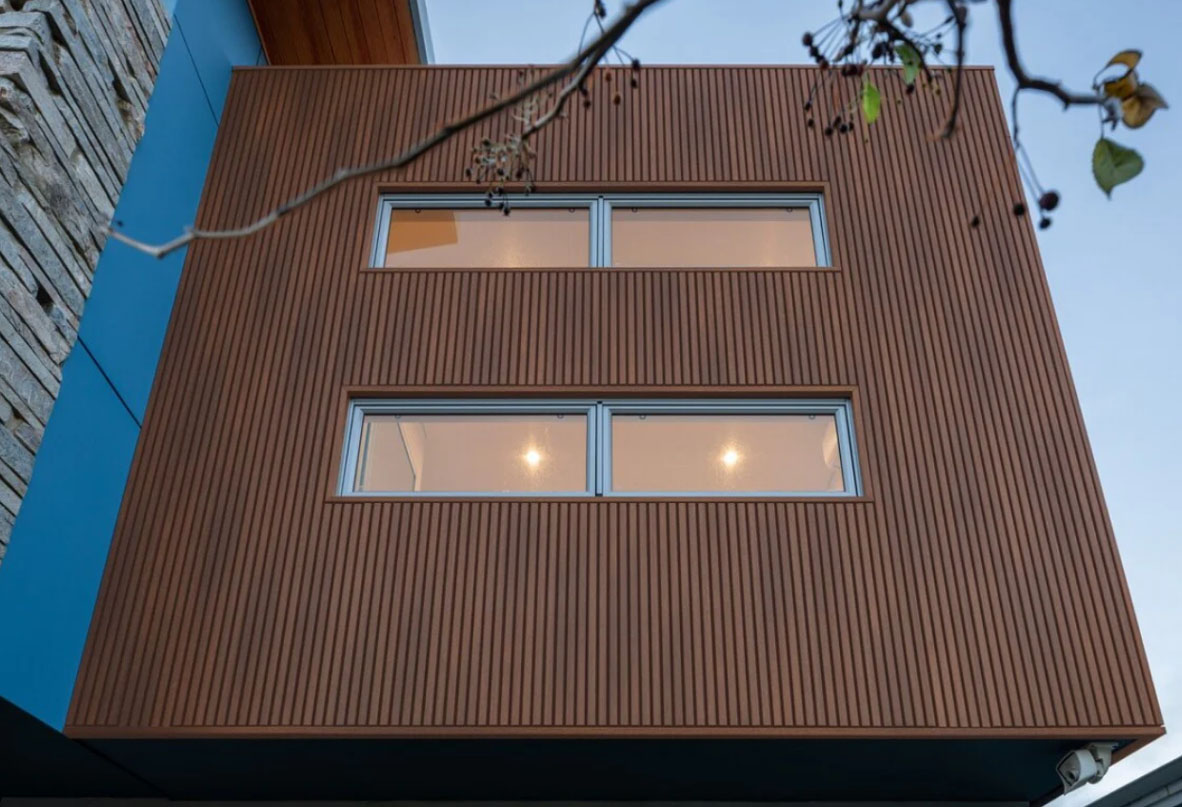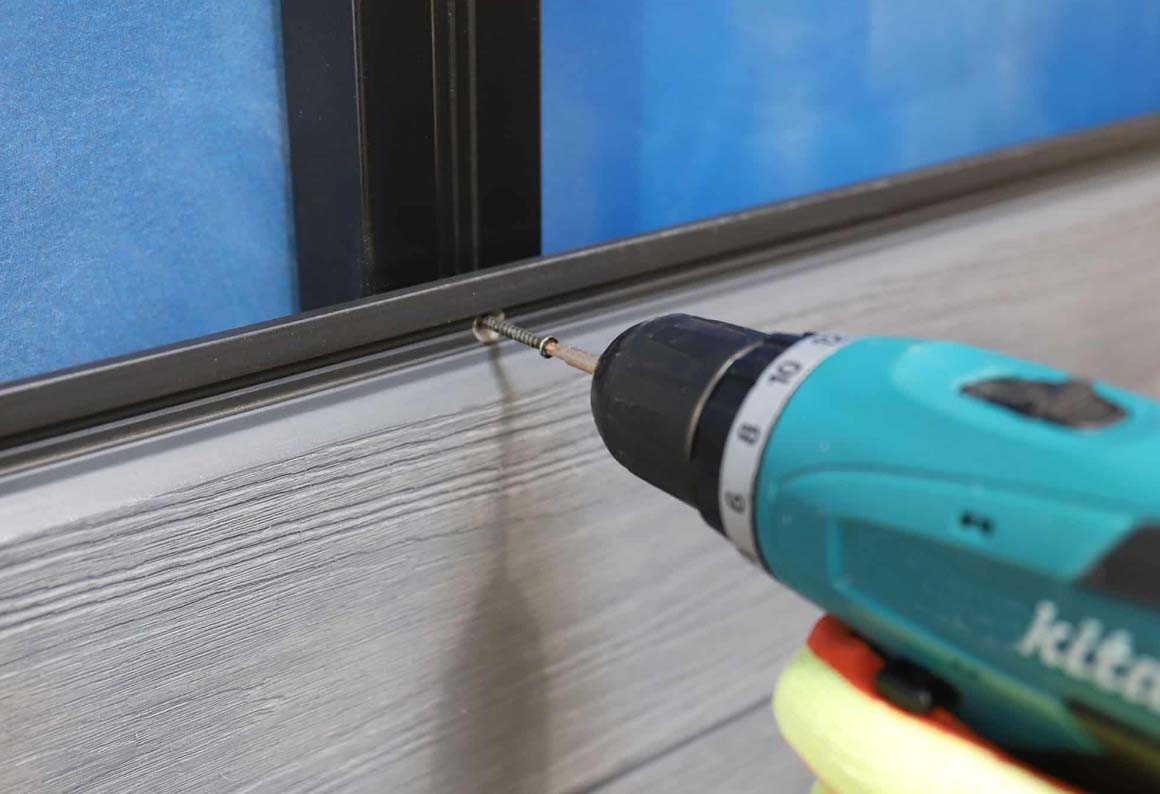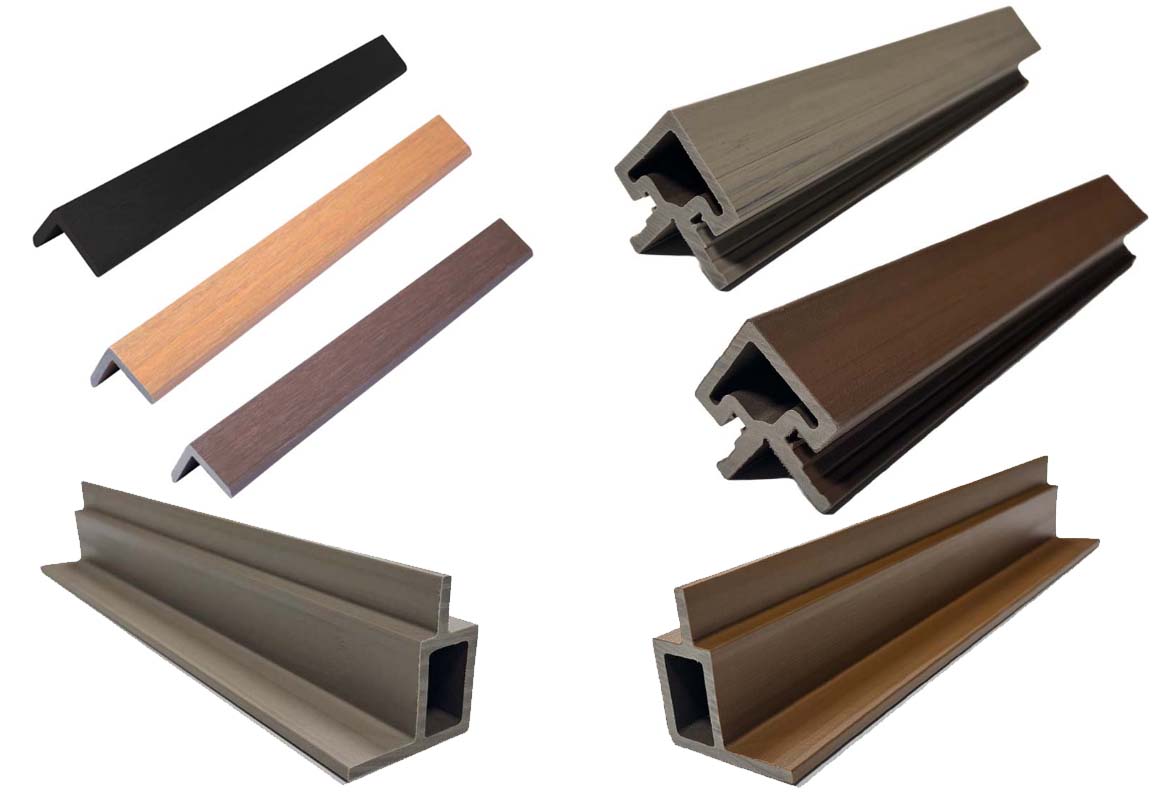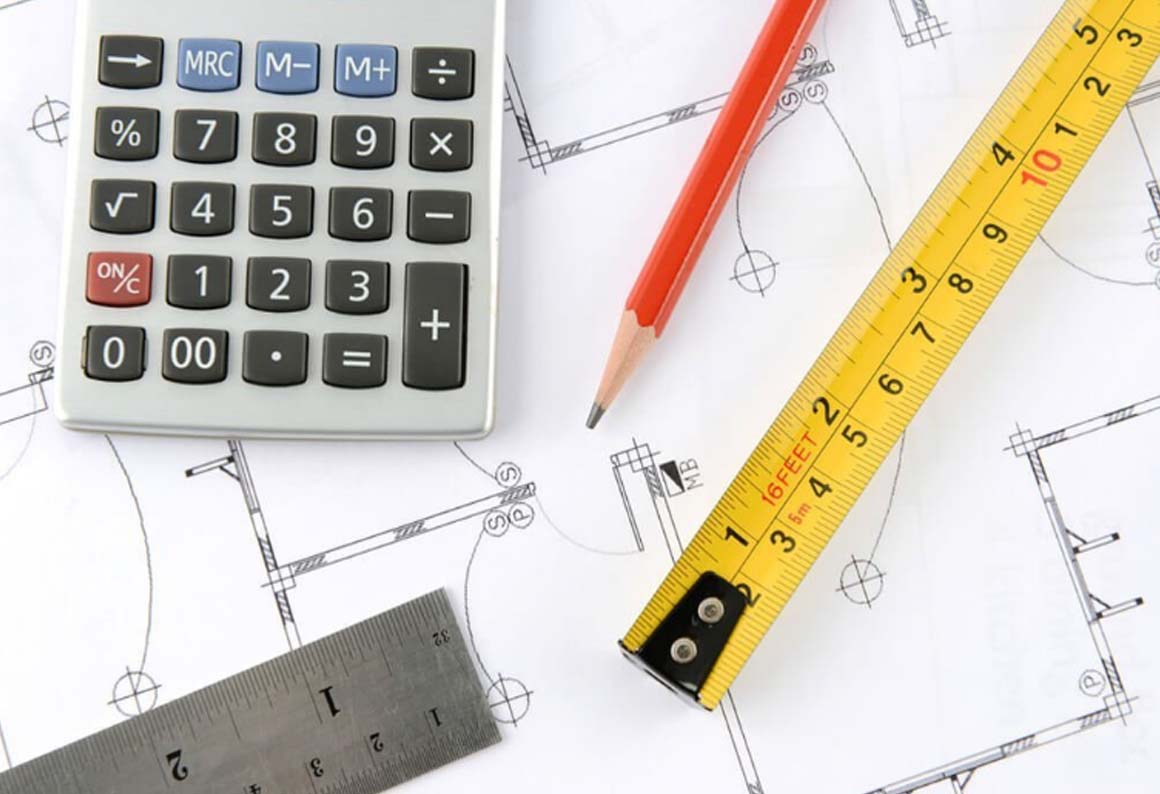Composite cladding is a type of exterior wall covering that is becoming increasingly popular in the construction industry.
It is made up of a combination of materials, typically an outer layer, an inner core, and an adhesive. The outer layer is usually a durable and weather-resistant material, such as HDPE, PVC, or fiber cement, while the inner core is often made of a lightweight material such as foam or honeycomb.
If your home's siding has seen better days, it may be time for an exterior facelift. Rather than repainting or restaining, consider composite cladding to refresh the look of your house while enjoying lasting performance. Composite cladding offers homeowners a durable, stylish and low-maintenance alternative to traditional wood siding options.
Composite cladding comprises a blend of wood fibers or particles and recycled plastic. This combination creates a product that resists moisture, decay, insects, splitting and rotting more effectively than unmodified wood. Quality products retain color vibrancy for years without fading. The color and texture options ranging from traditional wood looks to sleek modern finishes.
Life happens, and houses take hits. Over time, siding endures sun exposure, temperature fluctuations, humidity, hail storms and more. Such elements break down the integrity of real wood, showing as cracks, peels, splinters and discoloration. Owners then face repetitive repainting and staining to uphold aesthetics. Composite resists swelling and damage far better to maintain home beauty and value over decades.
Composite cladding also saves homeowners substantial time on preservation and repairs. While real wood products require restaining or resealing every 2-4 years, quality composite cladding retains its just-installed look for 20+ years without maintenance. A simple occasional rinse keeps composite clean between professional exterior washings. No painting, no scraping away old finish, and no climbing ladders for risky DIY touch ups needed.
Along with standing up to sun and moisture exposure, composite materials also endure impact damage better than alternatives like vinyl and cedar. Vinyl can dent, warp and discolor when hit by flying debris in high winds and severe weather. Some composite cladding products even come backed by a limited hail damage warranty for additional consumer protection and peace of mind.
Homeowners save significantly over time on repairs, refinishing and replacement costs by installing quality composite materials on home exteriors versus lower cost wood finishes. Though more expensive upfront than vinyl, wood or fiber cement, lifetime cost analyses confirm that low maintenance composites make up for the initial investment in less than a decade of ownership. Added defenses against impact, fire, pests and climate fluctuations bring added value as well.
Transform your home’s exterior and safeguard your investment against the elements with quality composite cladding. Contact reputable local suppliers to explore the durable, vibrant and hassle-free options available to enhance and protect your property for lasting enjoyment and marketability.
Composite cladding is designed to mimic the appearance of natural wood, providing a warm and inviting aesthetic for any exterior. Whether used in residential or commercial projects, it adds a touch of timeless elegance that complements various architectural styles.
Unlike traditional wood cladding, composite alternatives boast superior durability. The combination of recycled wood fibers and high-quality polymers creates a material resistant to rot, decay, and insect damage. This durability ensures a long-lasting and low-maintenance exterior, reducing the need for constant upkeep and replacement.
Composite cladding stands resilient against the harshest weather conditions. It is engineered to withstand extreme temperatures, heavy rain, and UV exposure without fading, warping, or deteriorating. This weather resistance ensures that the exterior of your building remains pristine and vibrant for years to come.
One of the key advantages of composite cladding is its eco-friendly composition. By incorporating recycled materials, it minimizes the environmental impact associated with traditional building materials. This sustainable approach makes it a responsible choice for those who prioritize green building practices and desire to reduce their carbon footprint.
With composite cladding, architects and designers have the freedom to explore creative and innovative designs. The material is available in various colors, textures, and finishes, allowing for customization to suit specific aesthetic preferences. This versatility ensures that composite cladding can seamlessly integrate into diverse architectural visions.
Composite cladding systems often feature straightforward installation processes. Interlocking panels or concealed fastening systems make it easier for contractors and DIY enthusiasts alike to achieve a professional and polished finish. The ease of installation translates to time and cost savings during construction.
Some composite cladding products come with enhanced insulation properties, contributing to improved energy efficiency in buildings. This additional benefit can lead to reduced heating and cooling costs over time, making it a practical choice for those looking to enhance the energy performance of their structures.
Many composite cladding products are engineered to be fire-resistant, providing an extra layer of safety for buildings. This feature is especially crucial in areas prone to wildfires or for those seeking additional protection against potential fire hazards.
Crafted from a robust blend of recycled plastic and natural wood fibres, our composite cladding is engineered to resist fading, warping, moisture, and mould — without the hassle of regular painting, sealing, or treating. Enjoy stunning, low-maintenance walls that maintain their beauty and strength season after season.

No Warping
Water Resistant
UV Resistant
25-Year Warranty
Eco-Friendly
Low Maintenance
Need expert decking advice? Give us a ring at +61 415 215 375.
Our friendly team is ready to guide you through every step — from choosing the right material to tips on installation. With 10+ years of experience in the AUS Cladding industry, we’re here to help you plan with confidence and bring your outdoor vision to life.

Our cladding and decking systems are designed for easy installation, making them perfect for both DIY enthusiasts and professionals. With simple interlocking boards, pre-cut trims, and minimal tools required, you can achieve a seamless, high-quality finish quickly and efficiently—saving time, effort, and installation costs.
Download InstallationPlan your cladding project with confidence using the Wall Cladding Estimator. Designed to calculate surface coverage, board requirements, and total cost, it’s a perfect tool for both homeowners and contractors. Customize input values to suit your needs and get a clear understanding of what's required for your wall cladding.
Find Corners Trim

The Exterior Cladding Calculator simplifies the process of estimating materials for your cladding project. Enter surface measurements and select your preferred product to get instant results. Whether you're upgrading your home's exterior or managing a large construction job, this calculator ensures accuracy and saves valuable time.
Get EstimateAt Composite Wood we more than just a company that makes revolutionary products that are safe, durable and affordable, we are a brand you can trust. We offer products of the highest quality and lowest maintenace while protecting our planet.
At the heart of our business is a simple promise — to treat every project like it's our own. Whether you're cladding a home or a commercial space, we’re here to guide you with clear advice and practical solutions. Our experienced team is just a call away, ready to help you choose the right materials, trims, and finishes. No pressure, no guesswork — just honest support from people who care about getting it right.
Let’s discuss your Cladding plansOrder free samples, explore fresh ideas, and use our smart calculators to bring your decking or cladding vision to life.
Have questions or need help? Our friendly experts are just a phone call away. Reach out — we’re here to assist you every step of the way.